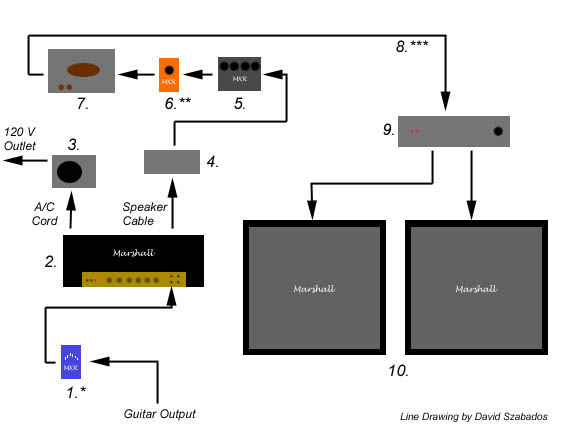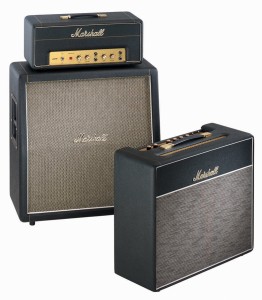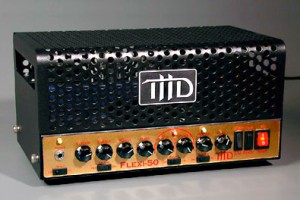Introduction by David Szabados, Review by Mike Mullen
After playing through a P-90-loaded guitar for the first time, my immediate thought was, "OMG! Where have you been all my life? And where have I been all these years!?"
While focusing on getting my ideal rock and blues tones for years, I’ve always played through and with countless variations of Les Pauls and Stratocasters (and copies) with a myriad of pickup arrangements. For one reason or another however, I had never gotten to trying a guitar equipped with P-90s. Until late last year…
Continue reading



